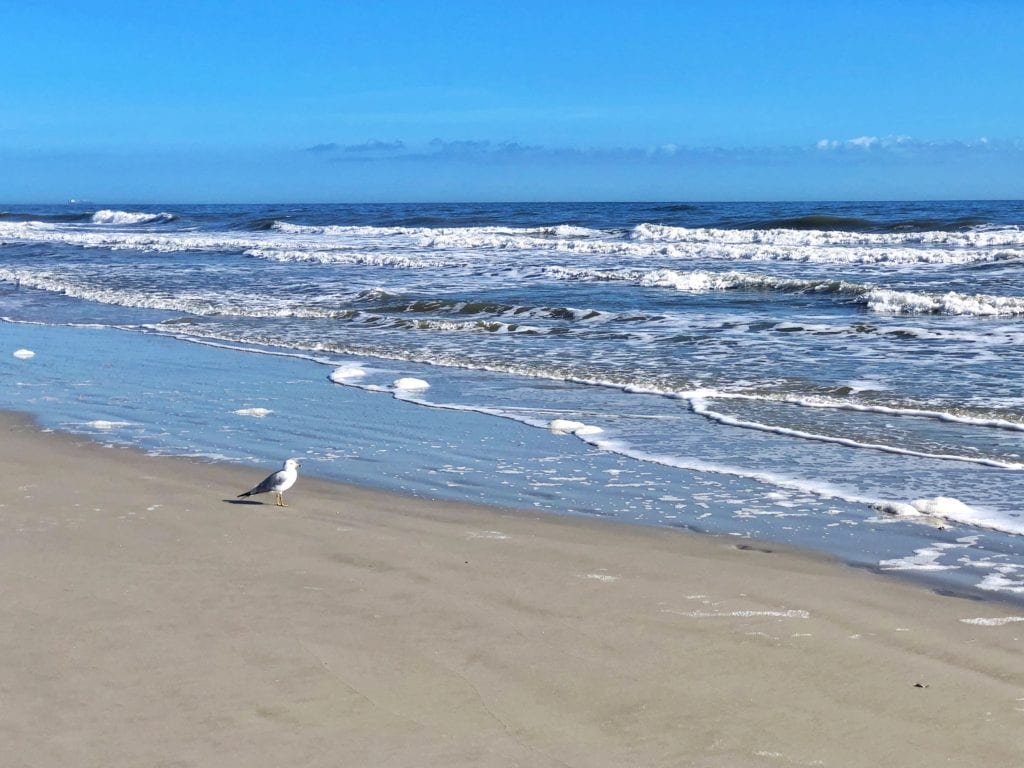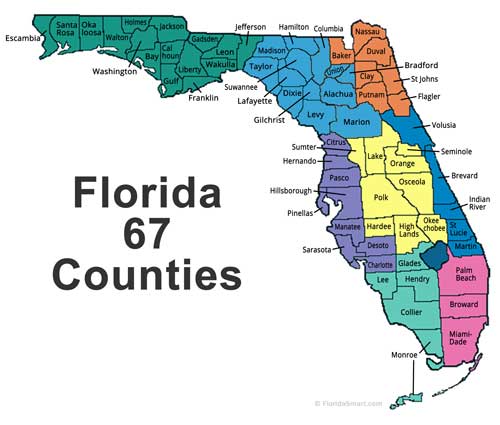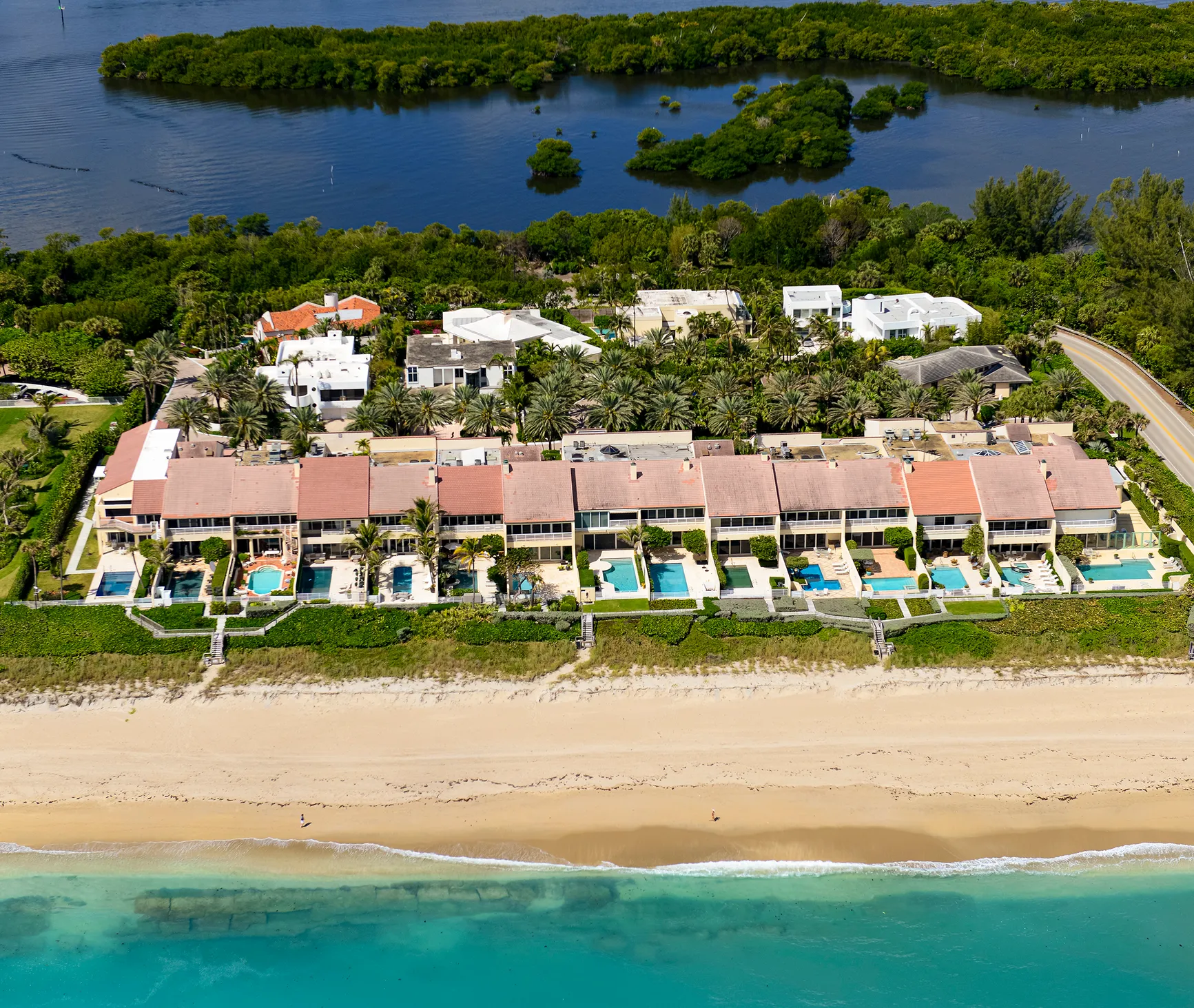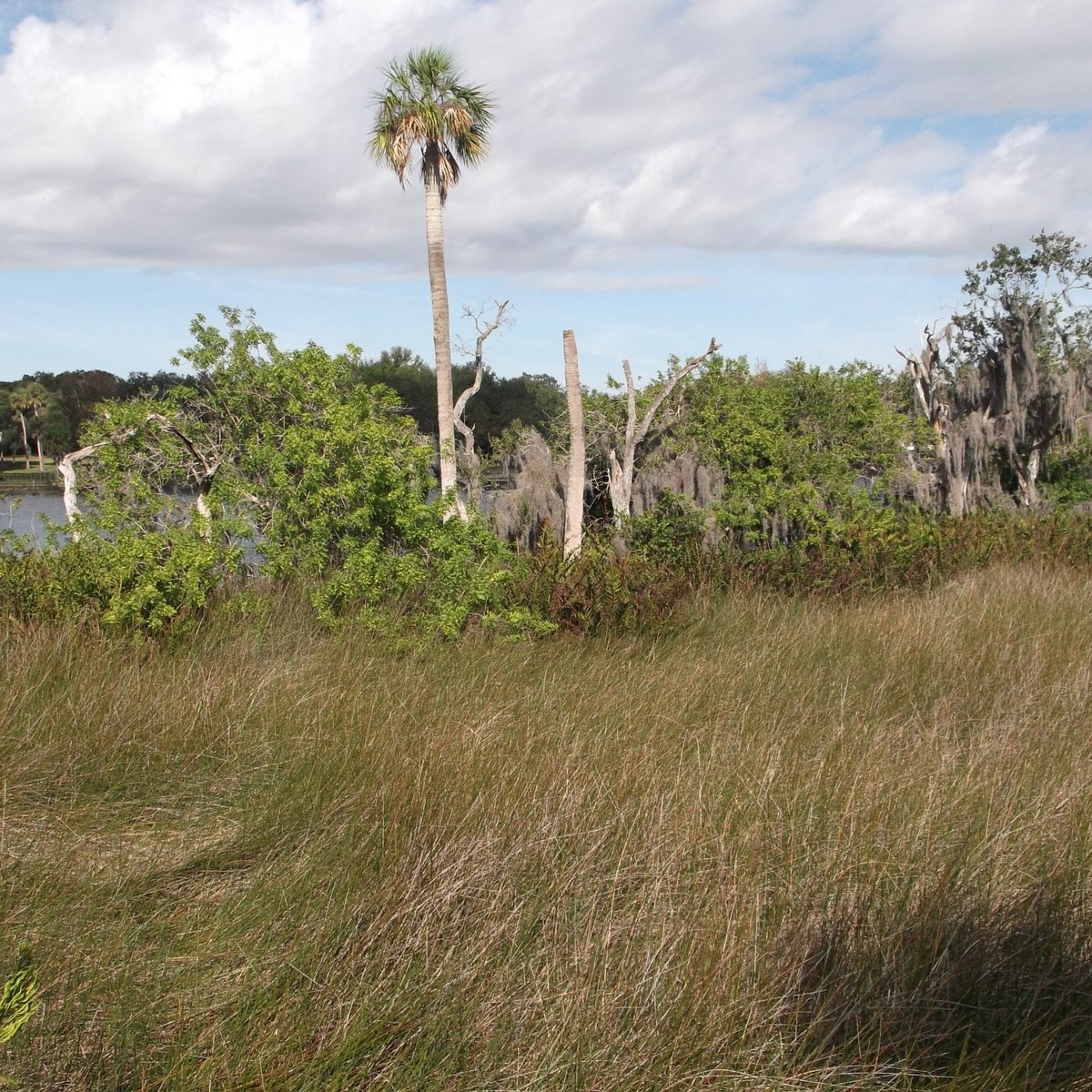Mayport, a charming neighborhood in Jacksonville, Florida, is not just another coastal area. It’s a place where the magic of the ocean meets the vibrancy of a bustling community. Located near the mouth of the St. Johns River, Mayport offers a unique blend of natural beauty and local charm. Among the many features that make Mayport special, the tides play a crucial role in shaping the experiences of both locals and visitors. Understanding the tides at Mayport, Jacksonville, Florida, is essential for anyone interested in exploring this beautiful area.
What Are Tides and How Do They Work?
Before diving into the specifics of the tides at Mayport, let’s start with the basics. Tides are the regular rise and fall of sea levels caused by the combined effects of the moon’s gravity, the sun’s gravity, and the rotation of the Earth. Essentially, they are a natural rhythm of the ocean. When the moon pulls on the Earth, it creates a bulge of water, which we see as high tide. Conversely, when the moon’s pull is weaker, we experience low tide. The sun also plays a role, though its effect is less pronounced than that of the moon. Also Read The Bath Club Miami Beach Florida: A Luxurious Retreat
The Importance of Tides at Mayport
At Mayport, Jacksonville, Florida, tides have a significant impact on daily life. The area is known for its bustling harbor, scenic beaches, and diverse marine life. Understanding the tides at Mayport is important for several reasons:
- Boating and Fishing: For those who love boating or fishing, knowing the tide schedule is crucial. High tides can bring boats closer to the shore, making it easier to navigate shallow areas, while low tides can expose sandbars and other obstacles. Fishermen also rely on tides to know the best times to catch certain fish.
- Beach Activities: Beachgoers often prefer high tide for swimming, as the water is deeper and the waves are more pronounced. Conversely, low tide can reveal interesting tide pools and make it easier to walk along the shore without getting wet.
- Marine Life: Tides affect the behavior of marine animals. At high tide, many sea creatures come closer to the shore to feed, while low tide can expose various species that thrive in shallow waters. Observing these patterns can be fascinating for nature enthusiasts and wildlife watchers.
How to Read the Tide Charts for Mayport
To fully enjoy everything Mayport has to offer, you’ll need to understand how to read tide charts. These charts provide information about the times and heights of high and low tides throughout the day. Here’s a simple guide to help you:
- Find a Reliable Source: Tide charts are available from various sources, including local weather stations, maritime websites, and even smartphone apps. Make sure to use a reliable source for the most accurate information.
- Check the Dates and Times: Tide charts will show you the times for high and low tides on specific dates. Note the time of day and whether it’s AM or PM.
- Understand the Heights: The charts will also indicate the height of the tides. High tide will be marked with a higher number, while low tide will show a lower number. This helps you gauge how much the water level will rise and fall.
- Plan Accordingly: Use the tide information to plan your activities. For example, if you’re planning a fishing trip, check the times of low tide to avoid areas where the water might be too shallow.
Historical Tides and Patterns at Mayport
Understanding historical tide patterns can offer valuable insights into the tidal changes you might expect during your visit. Mayport’s tides are influenced by both the moon and the sun, but local geography also plays a role. The area has a mix of semi-diurnal tides, which means there are usually two high tides and two low tides each day. The heights and timings of these tides can vary based on the time of year and specific astronomical conditions.
Historically, Mayport has experienced some notable tide changes due to hurricanes and other weather events. These changes can cause significant shifts in water levels, so it’s always good to check current conditions before heading out.
Best Times to Visit Mayport Based on Tides
Choosing the best time to visit Mayport can depend on what you want to do. Here are some recommendations based on tide conditions:
- Fishing: Early morning or late afternoon often provides the best fishing opportunities, particularly around high tide when fish are more active near the shore. Check the tide charts to find these optimal times.
- Beachcombing: Low tide is ideal for exploring the beach and discovering tide pools. You can find a variety of marine life, from small crabs to colorful sea anemones. This is a fun activity for families and kids.
- Sightseeing: If you’re interested in taking scenic photos or enjoying a leisurely walk along the beach, high tide can offer more dramatic views with waves crashing against the shore. Low tide, on the other hand, can reveal hidden coastal features and provide a different perspective.
How Tides Affect Local Wildlife
The tides at Mayport, Jacksonville, Florida, have a profound impact on local wildlife. Here’s how different species interact with the tidal changes:
- Shorebirds: Many shorebirds, such as sandpipers and gulls, feed along the shoreline. They often take advantage of low tide to forage for small fish, crustaceans, and other food sources that are exposed as the water recedes.
- Marine Life: Various marine species are adapted to the ebb and flow of tides. For example, sea turtles may come ashore during high tide to lay eggs, while many fish species migrate in response to tidal changes, affecting their feeding and breeding patterns.
- Crustaceans: Creatures like crabs and barnacles are highly sensitive to tidal movements. During low tide, you can often find crabs scuttling across the sand or barnacles clinging to rocks and pilings.
Tips for Enjoying the Tides at Mayport
To make the most of your time exploring Mayport, keep these tips in mind:
- Check Tide Times: Always check the local tide charts before heading out. This will help you plan your activities and avoid any unexpected surprises.
- Be Prepared: Bring appropriate gear for your activities. If you’re fishing, make sure you have the right equipment and bait. For beachcombing, wear comfortable shoes that can get wet.
- Respect Wildlife: When observing marine life, be respectful and avoid disturbing the animals. Follow local guidelines for wildlife interaction to ensure a positive experience for both you and the creatures you encounter.
- Stay Safe: Always be aware of your surroundings, especially if you’re exploring tide pools or swimming. Sudden changes in tide can affect water levels and currents, so stay vigilant and safe.
Conclusion
The tides at Mayport, Jacksonville, Florida, are more than just a natural phenomenon; they are an integral part of the area’s charm and appeal. By understanding how tides work, how to read tide charts, and how they influence local wildlife and activities, you can make the most of your time in this beautiful coastal community. Whether you’re an avid fisherman, a beach enthusiast, or simply someone who enjoys the natural beauty of the ocean, knowing about the tides will enhance your experience and help you appreciate the unique environment of Mayport.
So next time you plan a visit to Mayport, take a moment to check the tides. It will open up a whole new world of possibilities and make your adventure all the more enjoyable.





